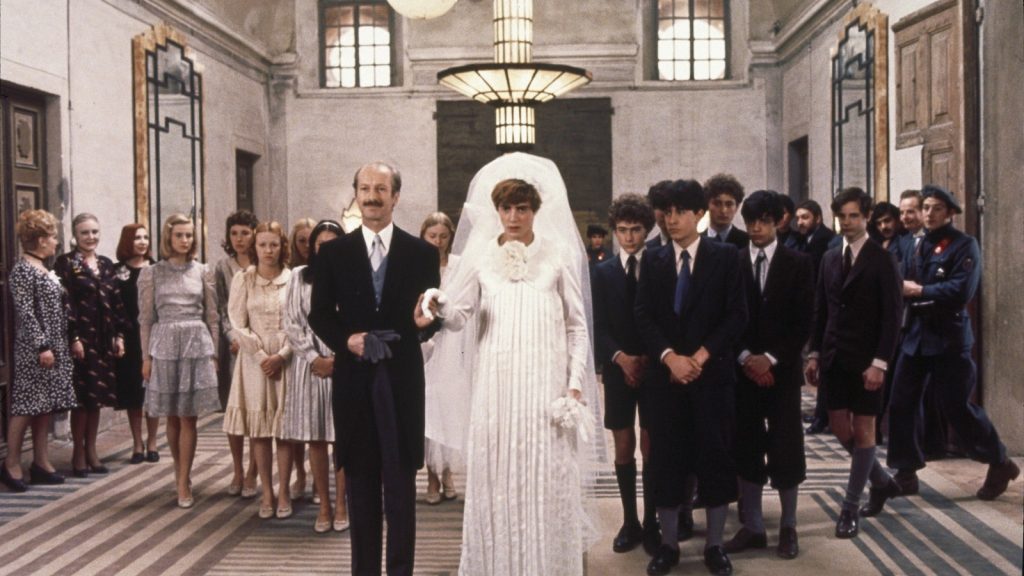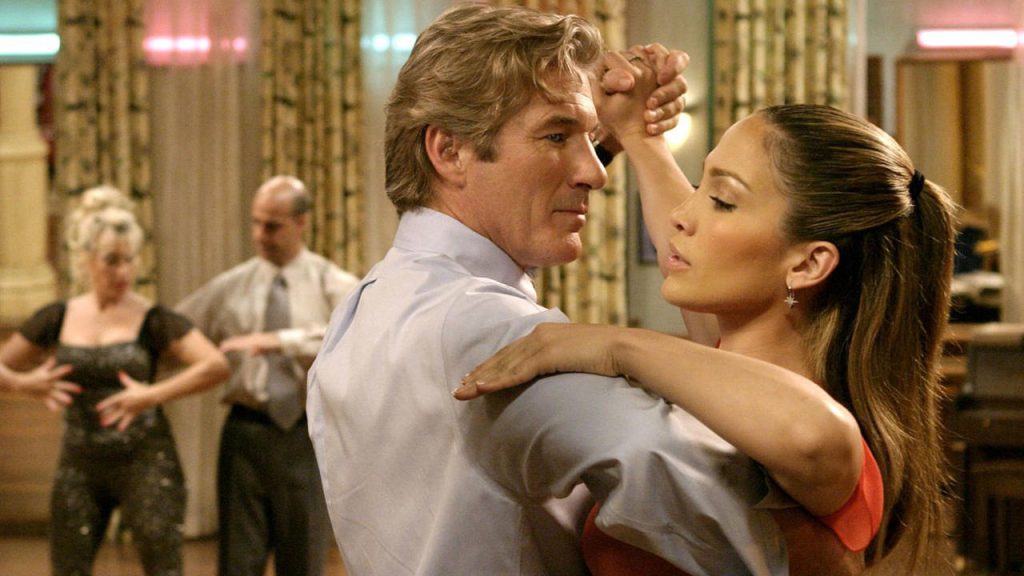Monsieur Hulot, Christian name irrelevant, is introduced by prop and sound effect. He does not rely on a swank dining car, gleaming bicycle, or snub-nosed Renault for travel, but instead a snorting jalopy that seems to have escaped the nearest cartoon. His first appearance, a hand out the window, pays kind toll to a sleeping dog that won’t get out of the road otherwise. His first mention, upon leaving a door open and letting in a strong enough wind to blow a man’s mustache five-after, is only by reputation: “What a nuisance!”
Somewhere between the two lies the grace of Monsieur Hulot’s Holiday and the season it reveres.
The beach is every beach, sandy on one side, rocky on the other, with just enough umbrellas to prove civilization. The only identifiable landmark is a quaint resort – Hótel de la Plage. Then again, consider the translation: beach hotel.
Director and star Jacques Tati chose Saint-Marc-Sur-Mer specifically for its blankness of canvas. In a 1976 episode of the British documentary series Omnibus, he called the location “a real studio.” It’s a production convenience as much as a mission statement. Each scene is both eminently genuine and obviously fantastic. Each frame is a postcard, the kind that wallpaper ice cream parlors, composed for the utmost curiosity and romance.
“Here, I stayed by myself four days alone, watching all the possibilities of shooting,” says Tati in the same episode, “and the moment we started shooting, I knew exactly where to put the camera.” That is, wherever Hulot could do the most damage.
His directest descendents, forming a holy trinity of European slapstick – Hulot, Clouseau, and Bean – do him a retroactive disservice. Despite Tati’s neighbor at an early show marveling, “What an asshole he is!”, there is no malice or selfish impulse in the Monsieur.

He moves like a puppet missing strings, pipe first, toes barely touching the ground. Tati borrowed the posture from his cinematic Rosetta Stone, a turn-of-the-century short film called Little Tich and His Big Boot Dance. In it, music hall veteran Harry Relph performed diagonally with the assistance of mile-long loafers. Tati manages in boat shoes.
The tilt gives him the air of a man eager for introduction, hopelessly in search of a handshake. But alas, everyone else already has their friends and bridge partners. These people are not defined by name, but occupation, relation. The Ice Cream Man. The Aunt. The Blond Upstairs. The Photographer. Lord help him, The Maître D’. These are nothing short of cosmic responsibilities, each with their own rigid orbits. Even the toddlers are unionized, marching to the sea at the same time every morning and assigning ice cream detail to anyone tall enough to clear the counter.
That leaves Hulot as the only man with no country or itinerary. He takes up tennis on a whim, learns a serve more commonly seen in Technicolor swordfights, and destroys all challengers. Has he broken any rules? No, none except decorum, whatever that is. Sometimes it’s not even his fault. A pure-hearted attempt to join that blond upstairs for a horseback ride is foiled by a steed so furious it kicks its own barn to pieces. Poor Hulot is a virtuous soul despite himself. He kicks a peeping tom in the pants on-sight and, when the target turns out innocent, honorably deploys his only defense mechanism: a mad sprint away from the scene.
Gawked at from almost anyone else, Hulot is The Nuisance, his cosmic responsibility merely to interrupt and embarrass. A lesser film would waste time on his hard-fought acceptance or their loosened-up appreciation. Tati doesn’t care about either. Who could care with that view?

Monsieur Hulot’s Holiday is the perfect summer movie, though not the way we now recognize them. It’s a celebration of aimlessness. Long after school ends, there’s an ingrained sense of freedom and fancy that stirs around mid-May. Miracles and slapstick, no difference to Tati, seem a little more possible. Tides carrying Hulot’s paintcan out and back perfectly between brushstrokes isn’t played as a gag, but a sweet serendipity unnoticed. Even the season’s worst frustrations – mosquitos, sunburn, the blond upstairs we’ll never know by name – blush romantic in the sunset.
There is no plot to Holiday, only foibles. There’s barely any noise at all save the only kind that matters – a beautiful stranger’s favorite song. While everyone else gathers for a state broadcast with graver sobriety than a previously visited funeral, Hulot dances with his beautiful stranger next door. When the speechifying gets too loud, he just turns up her song. Alain Romans’s “How Is The Weather In Paris.” Like elevator music of the heart.
In a 1996 reappraisal, Roger Ebert deemed this, the first of Tati’s four Hulot films, the artist’s legacy. Now, long through the video-essay looking glass, that’s blasphemy. His infamously outsized, three-years-in-production Playtime is the Hulot to see. That’s the one that changes the way you dream. Monsieur Hulot’s Holiday, by contrast, is just a collection of dreams we’ve all had before, but never all at once, never so pure.
In the end, when everybody’s shaking farewell and Hulot finally has his chance, they shun him. He takes refuge instead with the kids kicking sand until mom or dad drags them into a much nicer car than his. A few vacationers, the least stiff of the lot, do wave and wish they’ll see him again, but not the blond upstairs.
Oh well. At least they danced. At least there’s next summer.
“Monsieur Hulot’s Holiday” is now streaming on HBO Max and The Criterion Channel.



